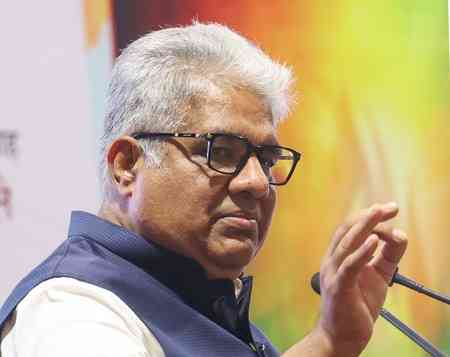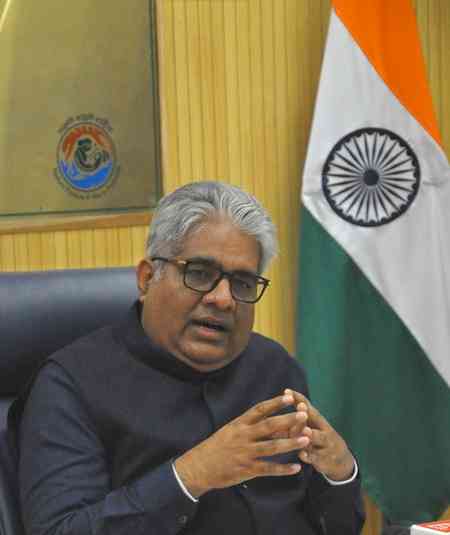2.0 GST Reforms – Growth oriented, leading India towards the category of developed countries

By Rajat Kumar Mohindru
The State Sales Tax was first introduced in India in the province of Bombay in 1938, before Partition. The Central Sales Tax followed in 1956, levied on goods transported from one state to another. On 1st April 2005, the Value Added Tax (VAT) was introduced, replacing the Central and State Sales Taxes under the Value Added Tax Act (2005) and its associated rules.
The Goods and Services Tax (GST), introduced on 1st July 2017, has been India’s most significant indirect tax reform since Independence. By bringing together multiple central and state taxes into a single, unified system, GST created a common national market, reduced the cascading of taxes, simplified compliance, and improved transparency. Over the past eight years, GST has steadily evolved through rate rationalization and digitalization, becoming the backbone of India’s indirect tax framework.
The 56th meeting of the GST Council, chaired by Union Finance Minister Smt. Nirmala Sitharaman, has now approved the Next-Gen GST reforms. These reforms focus on improving the lives of the common man and ensuring ease of doing business for all, including small traders and businessmen.
In his Independence Day address, Prime Minister Narendra Modi had announced that the government will bring Next-Generation GST reforms, which will bring down the tax burden on the common man. It will be a Diwali gift for you. The reforms, he emphasized, would directly benefit the common man, farmers, MSMEs, women, youth, and middle-class families, while strengthening India’s long-term growth.
Key Features of GST 2.0 Reforms
• Simplified two-slab structure: GST rates consolidated into 5% and 18%.
• Relief on household essentials: Items like soaps, toothpaste, and Indian breads brought down to 5% or Nil.
• Healthcare boost: Life-saving drugs and essential medicines reduced from 12% to Nil or 5%.
• Middle-class relief: Two-wheelers, small cars, TVs, ACs, and cement reduced from 28% to 18%.
• Agriculture support: Farm machinery and irrigation equipment reduced from 12% to 5%, cutting farming costs.
• Luxury & sin goods: Tobacco, pan masala, aerated drinks, and luxury items taxed at 40%.
These recommendations are based on consensus among all members of the GST Council, aimed at making GST simpler, fairer, and more growth-oriented. The revised rates and exemptions will take effect from 22nd September 2025, ensuring timely relief for households, farmers, and businesses.
Economic Outlook
Prime Minister Narendra Modi, in his public rallies, has repeatedly stressed the goal of making India a $5 trillion economy. He has underlined that this can only be achieved if tax slabs are rationalized and consumer demand is boosted. With GST 2.0, many items have seen their tax rates reduced from 28% to 18%, from 12% to 5%, and in several cases, from 12% to Nil.
Lower GST rates are expected to increase consumer spending, which in turn will boost sales, enhance industrial growth, and accelerate economic progress. More sales will also generate higher revenue for the government despite lower rates, creating a positive cycle of growth. Additionally, rising demand is likely to create more job opportunities, paving the way for youth employment.
As per the Union Budget estimates, India’s GDP growth for 2025–26 is projected between 6.3% and 6.8%. If the festival season witnesses bumper sales, GDP growth could surpass these projections. With sustained reforms and rising demand, India is well on track to achieve the $5 trillion economy milestone and emerge as the third-largest economy globally by 2028.
Conclusion
The ongoing economic and GST reforms are already delivering positive results. GST 2.0, with its growth-oriented and citizen-friendly structure, is poised to be a gateway to a New India – a Developed India.
(Author is a Jalandhar City-based Journalist)
(Views are personal)


 Rajat Kumar
Rajat Kumar 









